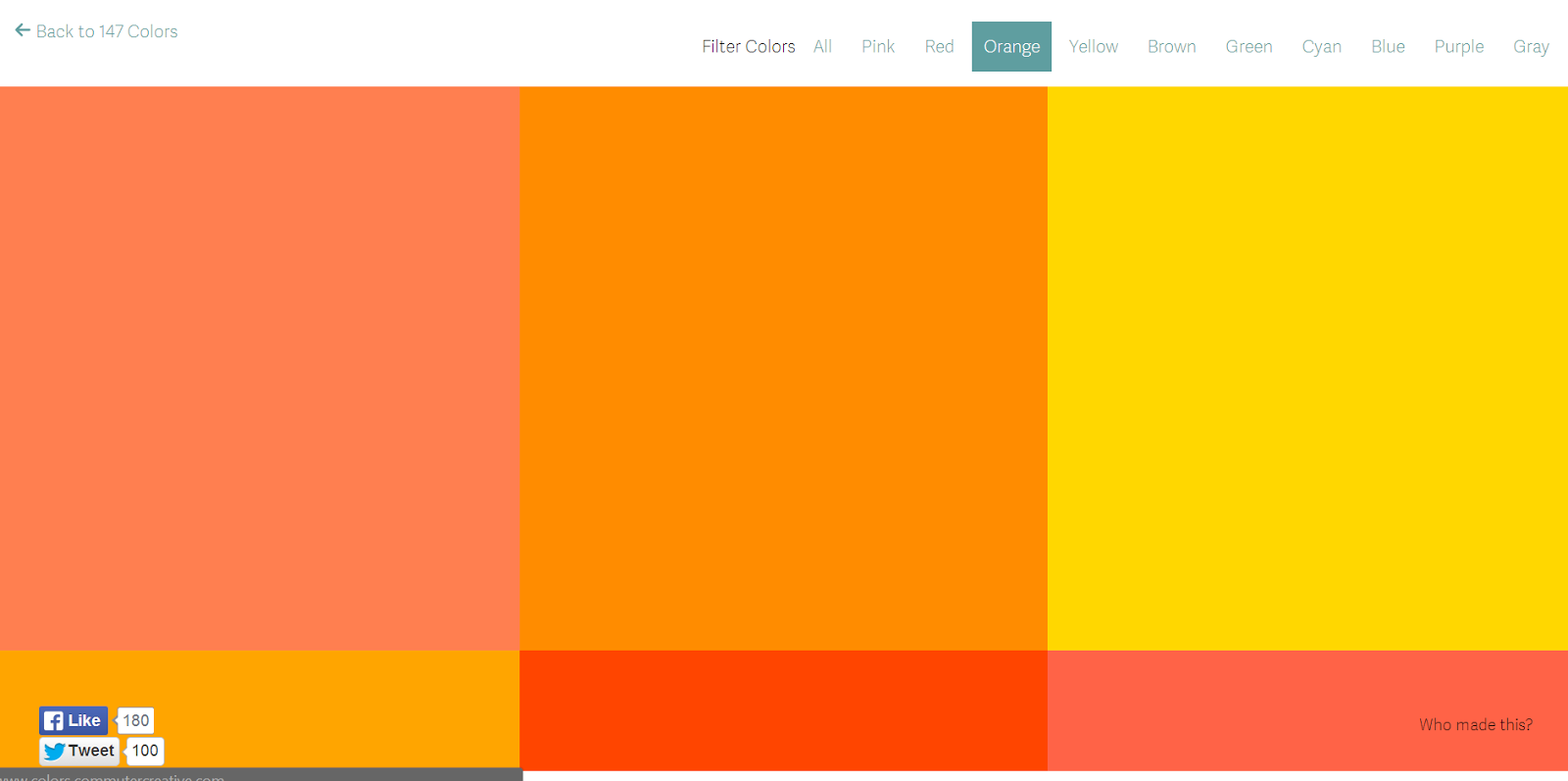The article I found:
This is my code:
<!DOCTYPE html>
<html>
<head>
<title>Kim Yu-Na</title>
<style type="text/css">
body {
font-family: Arial, Helvetica,
sans-serif;
background-color: papayawhip;
margin: 0;
}
header, #body, footer {
margin: 0;
padding: 5px 50px;
}
header {
background-color: peachpuff;
text-align: center;
}
h1 {
color: lightseagreen;
margin-bottom: 0;
}
h2 {
color: DarkKhaki;
font-style: italic;
font-size: 1.25em;
margin-top: 0;
}
#body {
background-color: bisque;
color: midnightblue;
width: absolute;
height: absolute;
}
img {
float: left;
margin: 10px;
width: 11%;
height: 11%;
border: 1px solid white;
}
footer {
background-color: inherit;
text-align: right;
color: darkcyan;
}
a {
color: inherit;
}
</style>
</head>
<body>
<header>
<h1>Kim Yu-Na</h1>
<h2>Figure skater<h2>
</header>
<div id="body">
<p><img src="http://olympicgirls.net/sport-girls/kim-yu-na-figure-skating-07.jpg" alt="Kim Yu-Na
Skating" caption="From
http://olympicgirls.net/kim-yu-na/kim-yu-na-figure-skating-07/" />Kim Yu-Na (1990-...) is a champion South Korean figure skater. She
won the gold medal in women's figure skating at the 2010 Winter Olympic Games
in Vancouver, Canada. The judges awarded her 228.56 points, a new world record.
She had set the previous world record in 2009. Many observers described her
performance as one of the greatest in Olympic figure-skating history. Kim
became the first South Korean to win a medal at a Winter Olympics in a sport
other than speed skating. Kim's success in international figure skating has
made her a national hero in South Korea.</p>
<p>Kim Yu-Na was born on Sept. 5, 1990, in Bucheon, South Korea. She
began skating at the age of 5. She won the South Korean Ladies Figure Skating
title at the age of 12. She repeated as champion the next three years. In 2006,
Kim moved to Toronto, Canada, to train under Brian Orser, a retired Canadian
figure skater. Kim won the World Junior Figure Skating Championships in 2006
and the World Figure Skating title in 2009.</p>
</div>
<footer>
<p><cite>Courtesy of <a href="http://worldbookonline.com/" target="_blank">World Book Online</a></cite></p>
</footer>
</body>
</html>
And here's my final webpage!
I'm still working on developing my artistic taste for color schemes because you can see that the colors for the headings 1 and 2 don't really match with the background...
But these are some websites that really helped me with colors:
http://www.colors.commutercreative.com/
This is an elegant and simple website that shows all the colors and gives you the names... I really like its modern look!
http://colorschemedesigner.com/
On this website you choose a color from the wheel and the website suggests color schemes and gives you the hexidecimal values.











